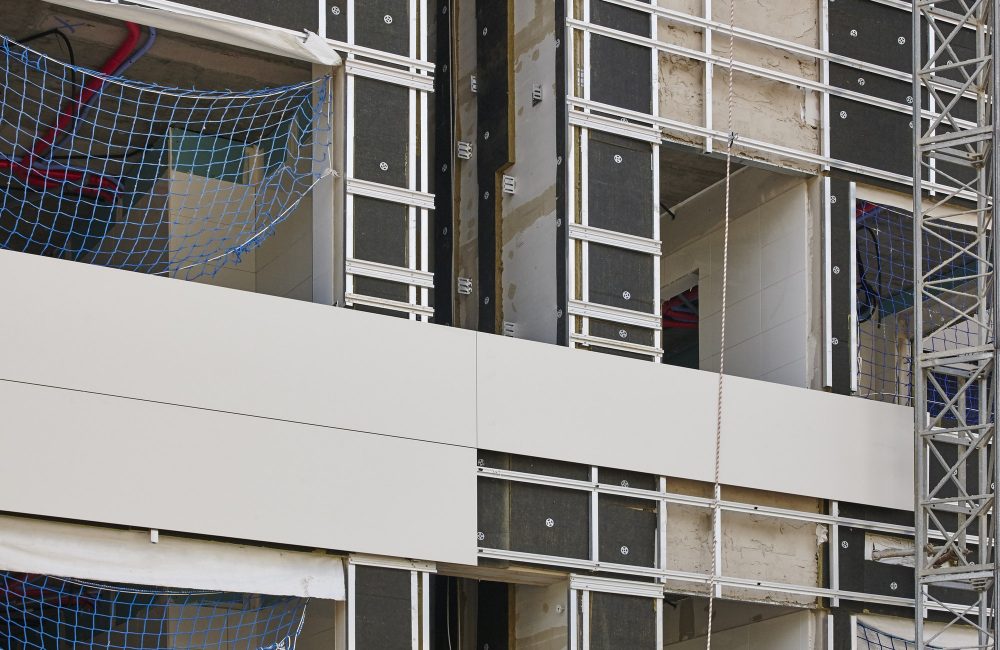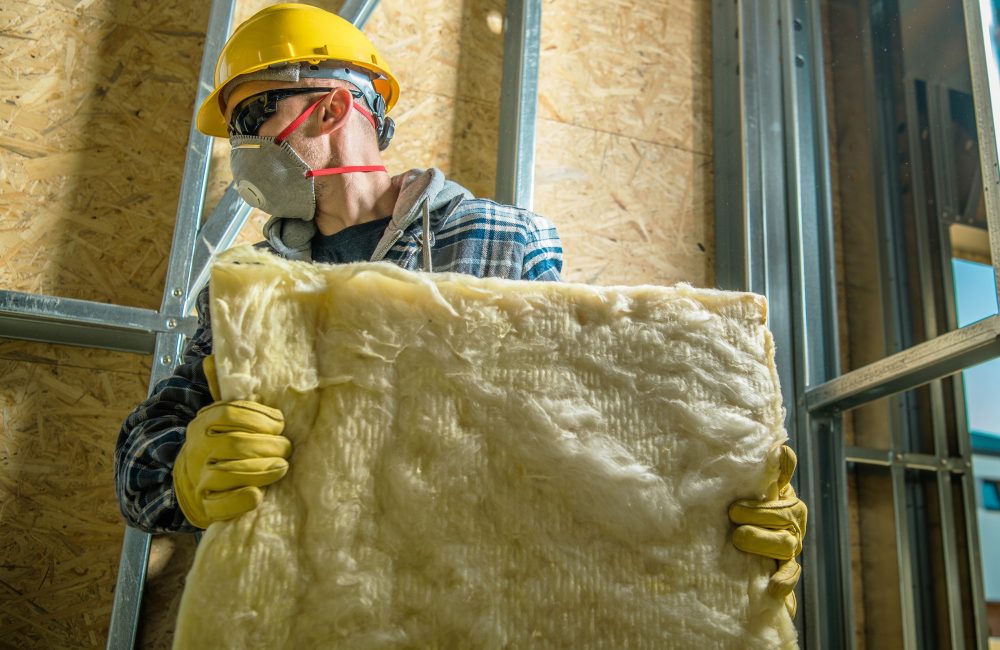Duration
01/11/2018 – 31/10/2020
Budget
1.170.475,00 €
The recast EPBD (2010/31/EU) and EED (2012/27/EU) pose demanding requirements on MS for increasing the energy-efficiency (EE) of public buildings e.g.: targets in national plans for stimulating retrofits towards Nearly Zero Energy Buildings; annual 3% renovation rate for central government buildings; long-term strategy for mobilising investment in cost-effective deep renovation. The EED foresees that MS shall encourage public bodies, including at regional and local level, to: adopt an EE plan, containing specific energy saving and efficiency objectives/ actions, following the exemplary role of government buildings; put in place an energy management system, including energy audits, as part of their plan implementation; use where appropriate, energy service companies and energy performance contracting to finance renovations; implement plans to maintain or improve EE in the long term.
The main common cross-border challenge tackled by BENEFIT is insufficient capacities of public administrations in the cross-border area to develop reliable cost-effective EE action plans for their public buildings’ stock. Other key challenges include: i) their insufficient level of expertise to apply advanced energy modelling methodologies therefore needing a simpler but reliable decision support system ii) difficulty in buildings’ energy data collection iii) lack of specific methodology to categorise them in typologies iv) lack of specific decision-support system for planning energy retrofits.
BENEFIT aims to address all above challenges by undertaking activities along three key axes:
- (1) developing and testing an integrated decision-support platform for public authorities to facilitate them in planning, financing, implementing and monitoring public Buildings’ Energy-Efficiency (BEE) plans and projects; outputs will provide packaged retrofit solutions of cost-prioritised interventions per building typology, accompanied by energy & cost indicators and suitable financial mechanisms;
- (2) pilot implementation of one demonstration public building energy retrofit project (and study of four bankable projects) per territory, providing a leading example for increasing energy-awareness of the wider society.
- (3) policy uptake and community engagement. The direct involvement of partners in the project who have a multiplier role will ensure wide dissemination-awareness raising of the relevant target groups.







